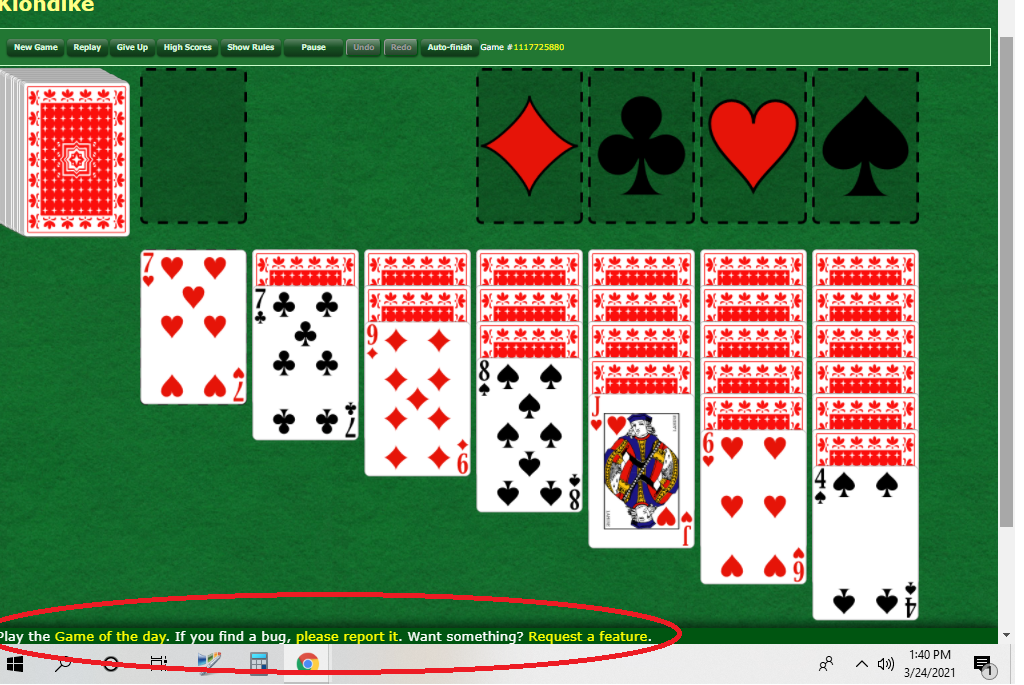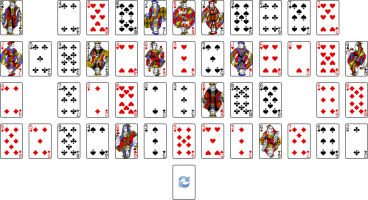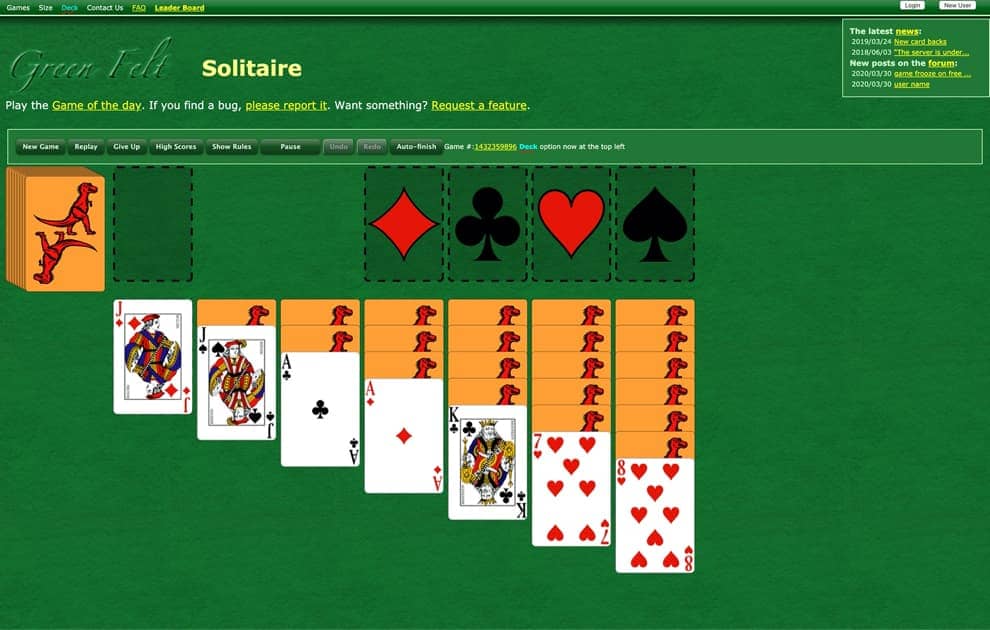

These two instances of three cards are card numbers 7 through 12. That's six cards, and they're identified, distinct from all the other cards in the hand, and for the duration of the game. Let's walk through this, and for an example, look specifically at the third and fourth instances of dealing out three cards. So at some point you may have twelve cards in your hand, but they still have the original numbers that were assigned to them, anywhere from 1 through 24.īefore the first pass through the hand, the card numbers that we know may actually be played will be cards 3, 6, 9, 12, 15, 18, 21, and 24 - and more, but only if any of these are played.


ALSO, those numbers remain with each card in the hand until the end of the game. We'll number each card: card number 1 through card number 24. They become the hand, to be dealt out in eight instances of three cards. Not only is it a bad idea to play all three cards that get dealt out at one time, but it can also be a bad idea to play a total of three cards in one pass through your hand - or six cards, or any other multiple of three.Ĭonsider the 24 cards left after the seven columns are laid out. It's better to go ahead and play just one or two, rather than all three, so that in the following passes through the hand, you have different cards available to you. But if you play all three that are dealt out at one time, then you haven’t changed which cards get counted out afterwards. If you play just one or two, then in the next pass through the hand, you will have different cards available for play. When you deal out three cards, it's not a good idea to play all three of those at once. So normally, it's not a good idea to move a 2 from the hand to a column.īut when you’re playing 3-card draw, taking a 2 from the hand may be the only way to change the sequence of cards that will be drawn afterwards, as discussed above (and in painstaking detail below). Also, the 2 covers at least the 3 that it's on, until the Ace shows up for that 2. If you move a 2 from the hand to the bottom of a column, there are no lower cards to move onto it from another column (so putting that 2 down doesn’t help expose any cards, whether you’re playing 1- or 3-card draw). We have to reconsider our strategy in 1-Card Draw of never moving a 2 from the hand to the bottom of a column. But in 3-card draw, if you go ahead and take the 5♣ in your hand, and put it on that red 6, then, after that pass through the hand, you'll be counting out different sets of three cards, and maybe that’s more important than waiting for the 5♠ to show up in one of the columns. Either black 5 could be put on a red 6 in one of the columns, but moving that 5♠ allows access to the card(s) under it in its column. Maybe we’re holding back the 5♣ in our hand, in hopes of uncovering the 5♠ in a column. If you go through the hand without moving any cards to either the columns or Ace piles, then the next time through, all the same cards, and only the same cards, will be available, because you’re just going to count out the same sets of three cards.įor example, in 1-card draw, we deliberately refrain from playing certain cards in the hand. So to the extent that you can, you need to control what cards become available and when. Strategies for 1-card draw, or Turn 1 Soitaire still generally apply, except that the cards in the hand are not all available as you know, you can only play the third card you count out each time. Turn 3 Soitaire is an interesting version of Klondike Solitaire, in that it opens up new ways to solve the puzzle.


 0 kommentar(er)
0 kommentar(er)
